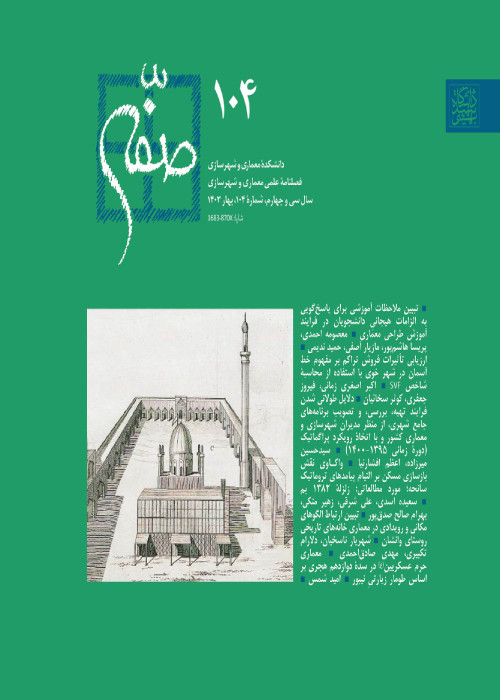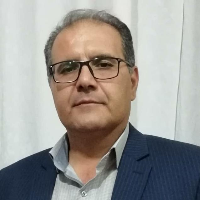Teaching Restoration of Historic Buildings with an Interdisciplinary Approach
Author(s):
Abstract:
Conservation-restoration is an empirical science devoted to the preventive and remedial treatment of cultural heritage objects. At a professional level, it can be characterised as a blend of theoretical knowledge and practical skills. Although conservation-restoration originates from the historical accumulation of the skills of master craftsmen and artists, it has been developed into an academic field during the 20th century, having associations with a wide range of humanities and natural sciences, applied chemistry and physics, as well as analytical, organisational and philosophical elements. Recent studies of conservation-restoration are characterised by interdisciplinary approaches. Despite the discipline’s academic structure having remained intact, commonalities between conservationrestoration and other disciplines have resulted in further overlaps. Nowadays, multidisciplinary and interdisciplinary researches are developing at the boundaries of the scientific disciplines. In the present paper, boundaries, commonalities and collaborations between the conservation-restoration of monuments and other disciplines such as architecture, civil engineering, archaeology and social science, have been explained. Multi-specialism has its history in disciplines such as agriculture, industry and vocational training in Iran. However, when it comes to restoration, and despite the original multidisciplinary intentions in the design of BA courses in this field, the view towards curriculum is still predominantly single-disciplinary. The discipline’s isolation from other disciplines of similar nature such as architecture has generated obstacles for a useful teaching. The present study makes use of logical reasoning together with a review of the history of the pedagogy in the discipline from the beginning to the initiation of academic institutions. The main aim of this paper is to offer a correct description of the discipline, which is different from what is considered interdisciplinary or sub-disciplinary . To do so, attempts are made to analyse the curriculum content and its relation with other disciplines with close ties with restoration. The conclusion is that a restoration graduate is of a nature beyond one from architecture, structure, chemistry or sociology, and that this difference must be taken into account for planning the curriculum.
Keywords:
Language:
Persian
Published:
Soffeh, Volume:28 Issue: 81, 2018
Page:
85
magiran.com/p1881993
دانلود و مطالعه متن این مقاله با یکی از روشهای زیر امکان پذیر است:
اشتراک شخصی
با عضویت و پرداخت آنلاین حق اشتراک یکساله به مبلغ 1,390,000ريال میتوانید 70 عنوان مطلب دانلود کنید!
اشتراک سازمانی
به کتابخانه دانشگاه یا محل کار خود پیشنهاد کنید تا اشتراک سازمانی این پایگاه را برای دسترسی نامحدود همه کاربران به متن مطالب تهیه نمایند!
توجه!
- حق عضویت دریافتی صرف حمایت از نشریات عضو و نگهداری، تکمیل و توسعه مگیران میشود.
- پرداخت حق اشتراک و دانلود مقالات اجازه بازنشر آن در سایر رسانههای چاپی و دیجیتال را به کاربر نمیدهد.
In order to view content subscription is required
Personal subscription
Subscribe magiran.com for 70 € euros via PayPal and download 70 articles during a year.
Organization subscription
Please contact us to subscribe your university or library for unlimited access!



